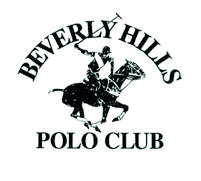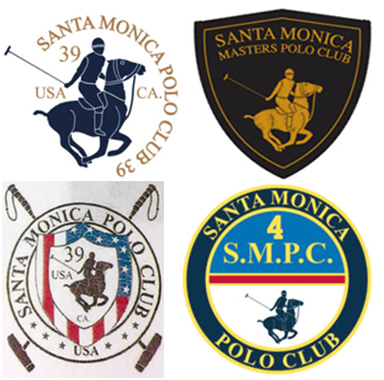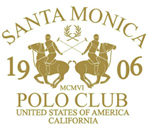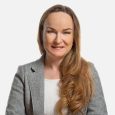Polo logos: Beverly Hills Polo Club v Santa Monica Polo Club
The High Court of England & Wales finds trade mark infringement and passing off in a battle between polo logos. This case was brought by the proprietor of UK and EU trade marks for the BEVERLY HILLS POLO CLUB logo (below), registered in relation to, amongst others, clothing goods in class 25:

The proprietor brought proceedings for trade mark infringement and passing off relating to the defendants’ use of a number of SANTA MONICA POLO CLUB logos, mostly on clothing. These logos included the following variants:



On the evidence, the defendants had moved to the three horse logo after complaints by the trade mark proprietor about the one and two horse logos.
The decision
The court held that all of the one horse logos and the two horse logo infringed the UK and EU trade marks on the basis of likelihood of confusion, dilution and taking unfair advantage, and that the use of these signs also amounted to passing off. The judge appeared to base his findings in respect of the one horse logos on the fact that they are each dominated by the side-on depiction of a running pony plus polo player with a raised stick, together with other elements that are neither dominant nor distinctive. With the two horse logo, the judge cited the fact that although there were two horses, they were simply mirror images of each other, coupled with the curved lettering above and POLO CLUB beneath, all shown in capital letters. Other visual elements of the two horse logo such as the laurel wreath were deemed to be non-distinctive.
Overall, the court’s findings in relation to the one and two horse logos may come as something of a surprise, in light of the number and nature of the visual differences that are present compared with the BEVERLY HILLS POLO CLUB trade marks. This, in turn, raises a note of caution in relation to clearance searching for logos of this type.
With the three horse logo, on the other hand, the court held that the overall impression created by this sign was sufficiently different from the trade mark for there to be no likelihood of confusion or passing off. Nevertheless, the similarity of the three horse logo was still sufficient to “call to mind” the BEVERLY HILLS POLO CLUB trade marks and it therefore infringed on the basis of dilution and unfair advantage.
Points to note
Interestingly, in assessing reputation for the purpose of the dilution and unfair advantage claims (ie, infringement under Art. 9(2)(c) EUTM Regulation and s.10(3) Trade Marks Act 1994), the court accepted the proprietor’s argument that: “the reputation of the trade mark need not be in relation to the goods or services for which the trade mark is actually registered”.
Therefore, the court took into account the reputation gained as a result of the claimant’s use of the marks for luggage (for which the marks were not registered), in addition to its use in relation to the class 25 goods for which the marks were registered. In doing so, however, the judge noted that the greater the distance between the goods which actually generate a mark’s reputation, and the defendant’s goods, the less likely it will be that the average consumer will form any link with the mark and/or that there will be any damage to the mark.
On the question of whether use of the three horse logo took “unfair advantage”, the judge said: “Merely gaining advantage, without more, is not necessarily unfair. The added factor here which makes it unfair is that the defendants wanted to maintain continuity with [the one and two horse logos] which I have already found to infringe”. The judge went on to say: “It would be different if the defendants’ previous signs had not infringed, and/or if the three horse logo had made a clean break with them.
In short
This case is a reminder of the perils of amending a sign in an attempt to avoid infringement, whilst retaining sufficient similarities to maintain continuity in the marketplace. Deciding where to draw the line is never easy, but a “clean break” is the safest course.
Further, there is a note of caution here about the relatively broad-brush approach taken by the court in its comparison of the BEVERLY HILLS POLO CLUB logo with the various SANTA MONICA POLO CLUB logos used by the defendant, for the purpose of assessing infringement. Arguably, the effect of this is tantamount to the grant of a monopoly over the use of a side-on view of a polo player coupled with the words POLO CLUB and a place name.
Case details at a glance
Jurisdiction: England & Wales
Decision level: High Court
Parties: LIFESTYLE EQUITIES C.V and LIFESTYLE LICENSING B.V (claimants) and SANTA MONICA POLO CLUB LIMITED & OTHERS
Citation: [2017] EWHC 3313 (Ch)
Date: 21 December 2017
Full decision (bailii): http://dycip.com/polologos

